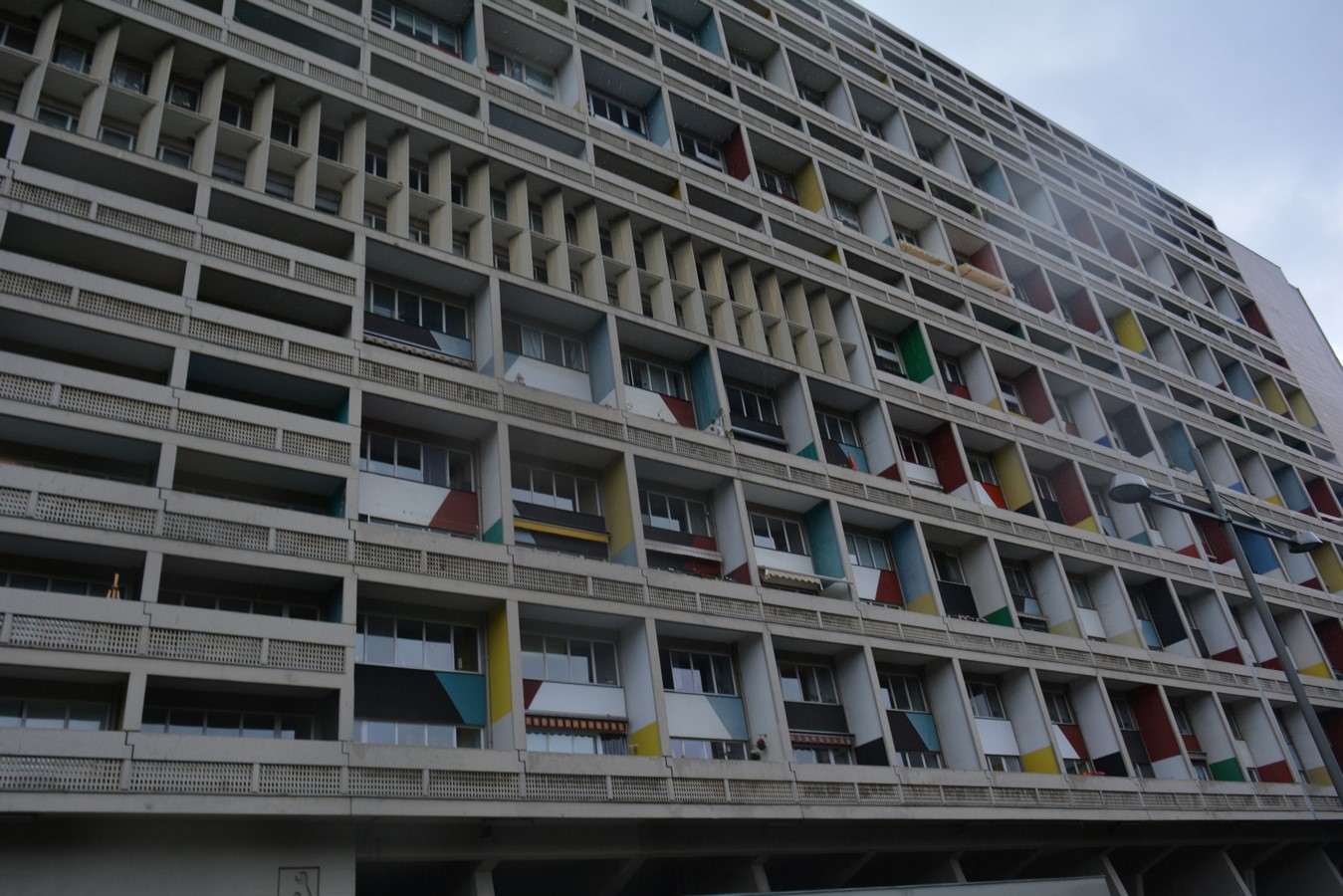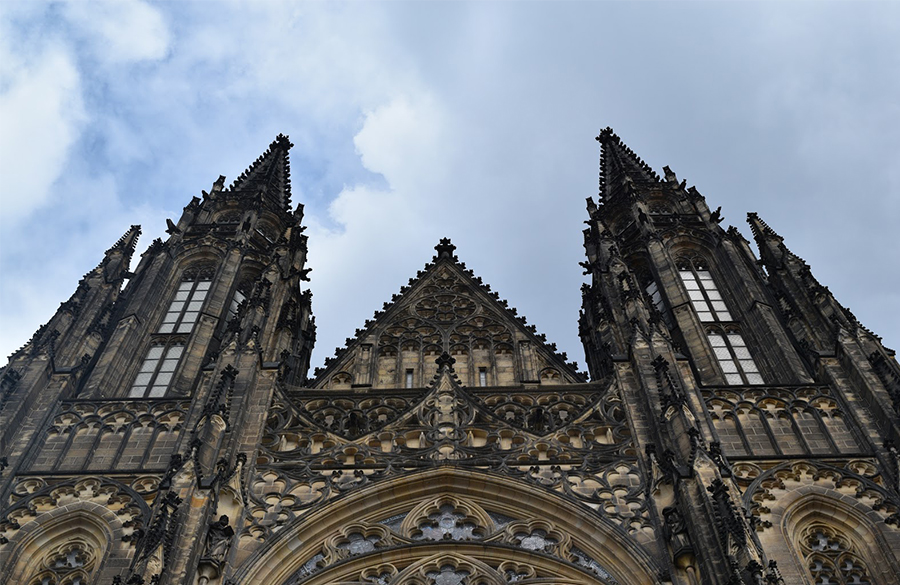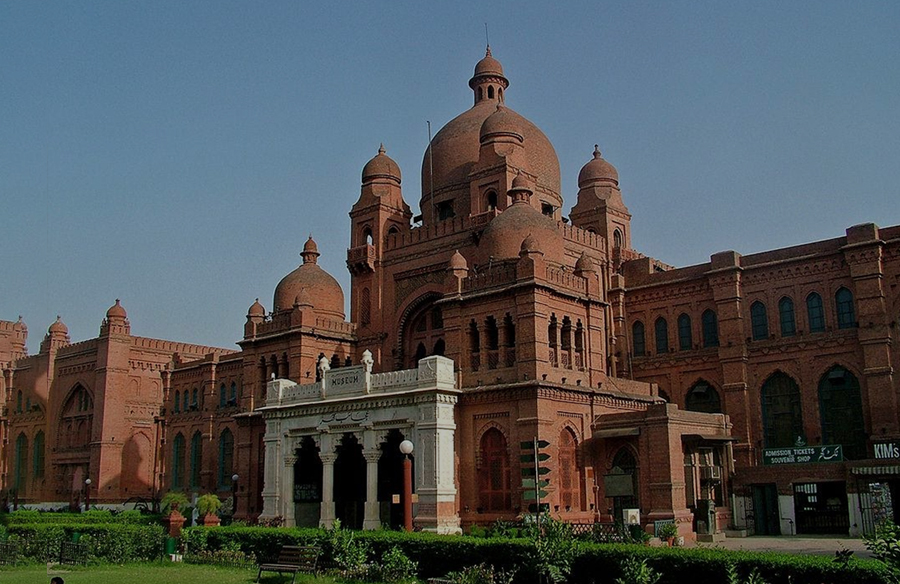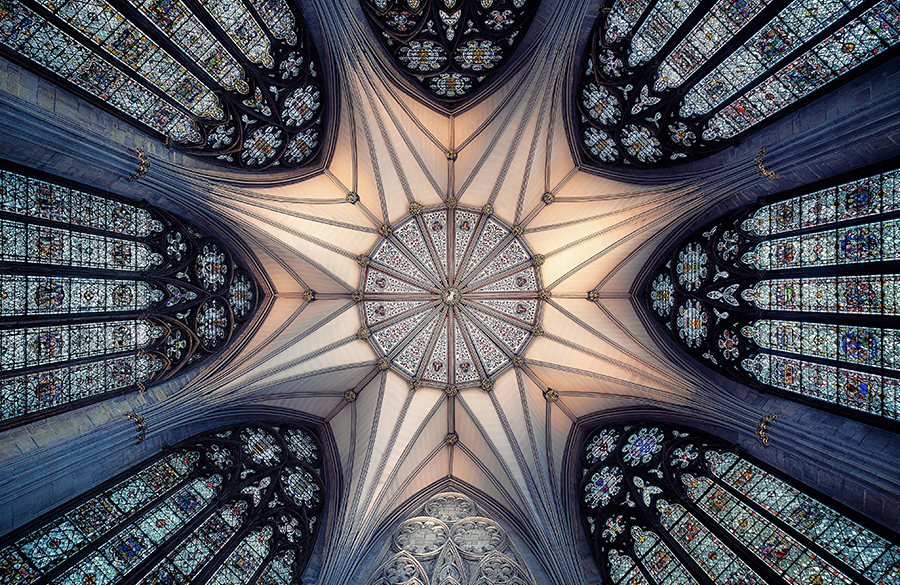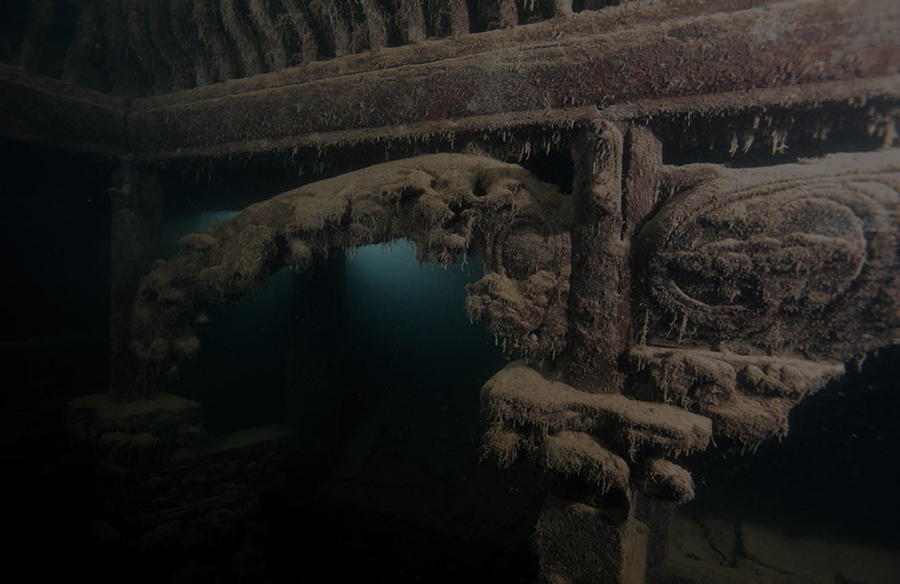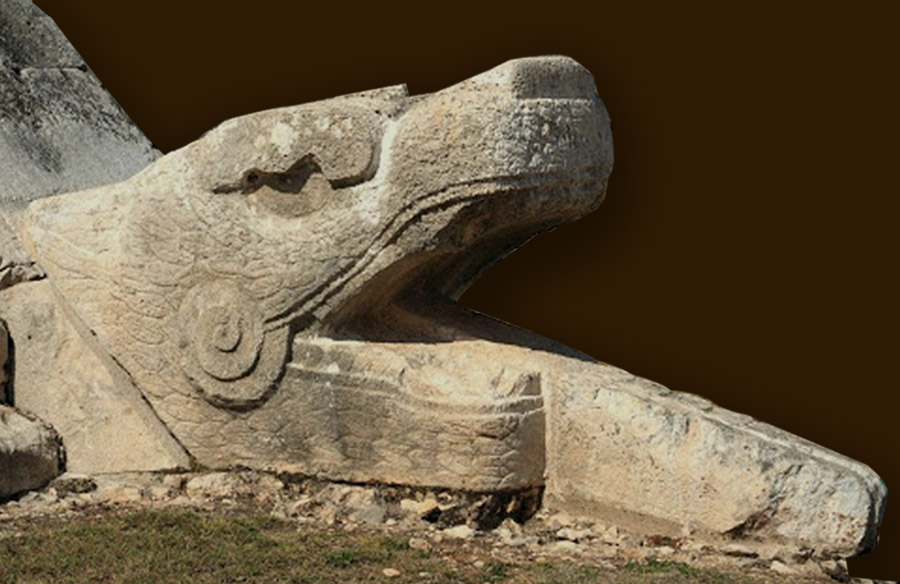Architectural history has shaped through the course of different eras that gave rise to different elements of importance in architecture. Initially, it was a means to solve basic structural problems that started with a shelter shed structure and went on to be the structures that bore identities for different civilizations. The formation of beam and post system, to the trusses to the formalization of the architectural order – Ionic, Doric, and Corinthian are processes that mainly evolved to bring out the structural solutions. It was followed by focusing on aspects of grandeur, aesthetics, materiality, and so on. And hence the different styles and movements were formed in politics, art, architecture, etc. that influenced the coming generations. Western European region remained the center of historical events since the rise of civilizations shaping the political, economical, and architectural influences on the world. In this article, we look back at the structures located in Western Europe formulating a culmination of different styles of architecture.
Fisherman’s bastion – Romanesque and Neo-Romanesque
Romanesque style of architecture is characterized as the culmination of Germanic traditions, Byzantine and Ottonian architectural influences, and the expansion of Monasticism approximately around the 11th century. The semi-circular arches are the identity symbol for the Romanesque style. The repetition of this element inbuilt form forms the rhythm and order for the openings. The shift to vaulting systems from the timber construction was a major thrust towards achieving fire resistance. The Neo-Romanesque style of architecture was the revival of the style with the interpretation of the Romanesque elements and ideologies in a different era. Fisherman’s Bastion built-in 1844 is the example of a Neo-romanesque style of architecture. Built parallel to the Danube, the bastion forms a series of semi-circular arches in its colonnades, windows, tower tops, and the stairways. Designed by architect Frigyes Schulek, the structure comprises three buildings and several smaller units. The main use of the structure today is as a viewing gallery facing the Danube on one side and St. Matthias on the other.
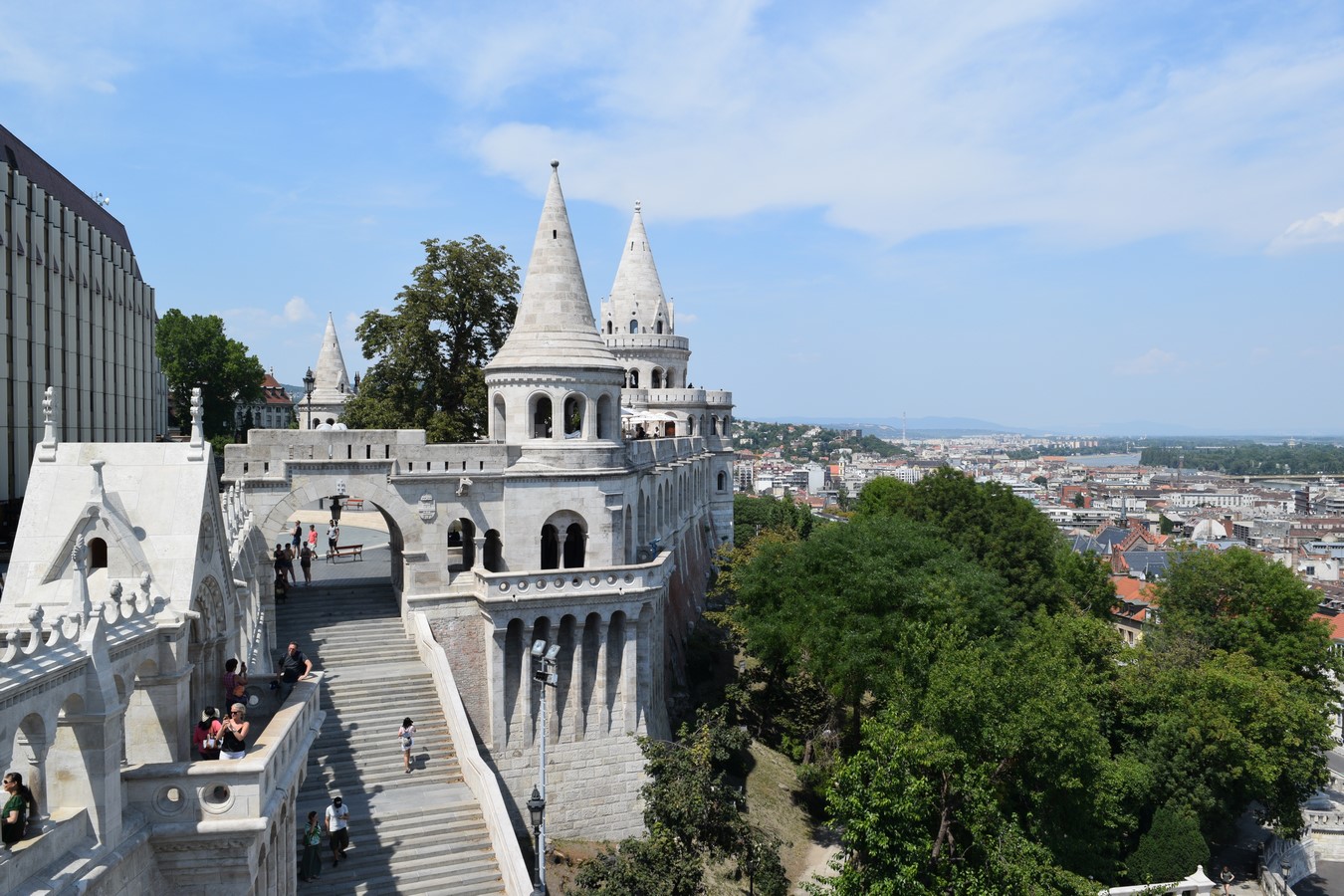
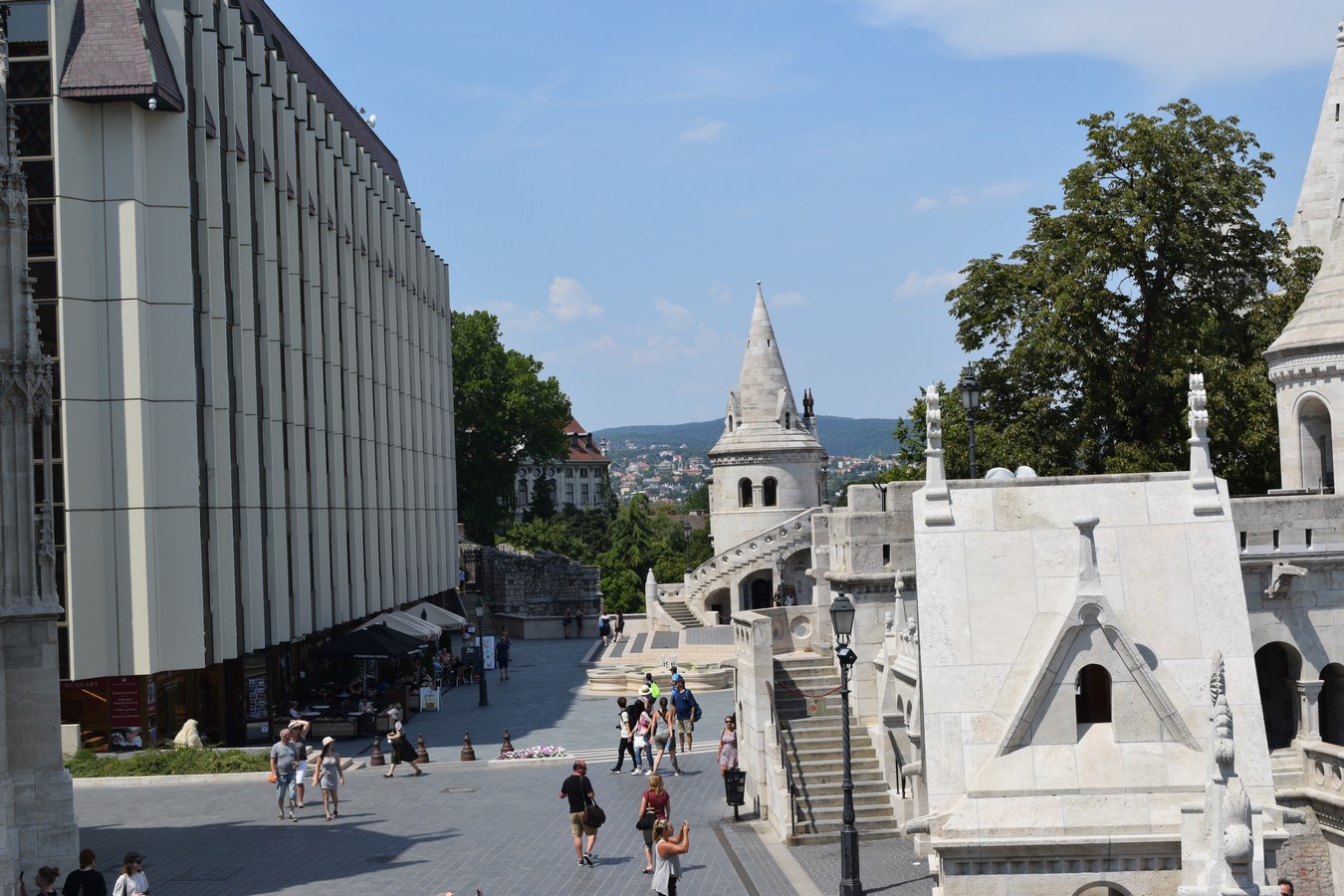
St. Vitus Cathedral – Gothic
Gothic architecture is known as the architecture of pointed elements. It flourished during the middle ages in western Europe. The architectural elements from this style had unique characteristics. Pointed and elongated arches, stained glass windows, flying buttresses, ribbed vaults are some of the elements that represented Gothic architecture. Cathedrals, Parish churches, ecclesiastical Christian churches, abbeys were the type of structures that were key to the survival of the Gothic architecture. St. Vitus Cathedral located in Prague Castle is an extravagant example of Gothic architecture. It is the largest and most important church in the country Czech Republic. Founded in 1344, the church was designed by Peter Parlar and Matthias of Arras. The elaborately high spires, The choir vault, and the rose window are the most celebrated elements of the cathedral. The flying buttress on the longer elevation of the cathedral assd to the Gothic-ness of the structure with beautiful craftsmanship of intricacy and materiality on the facade. The cathedral remains active and even one of the most celebrated structures of the country at present. Although it requires regular maintenance.
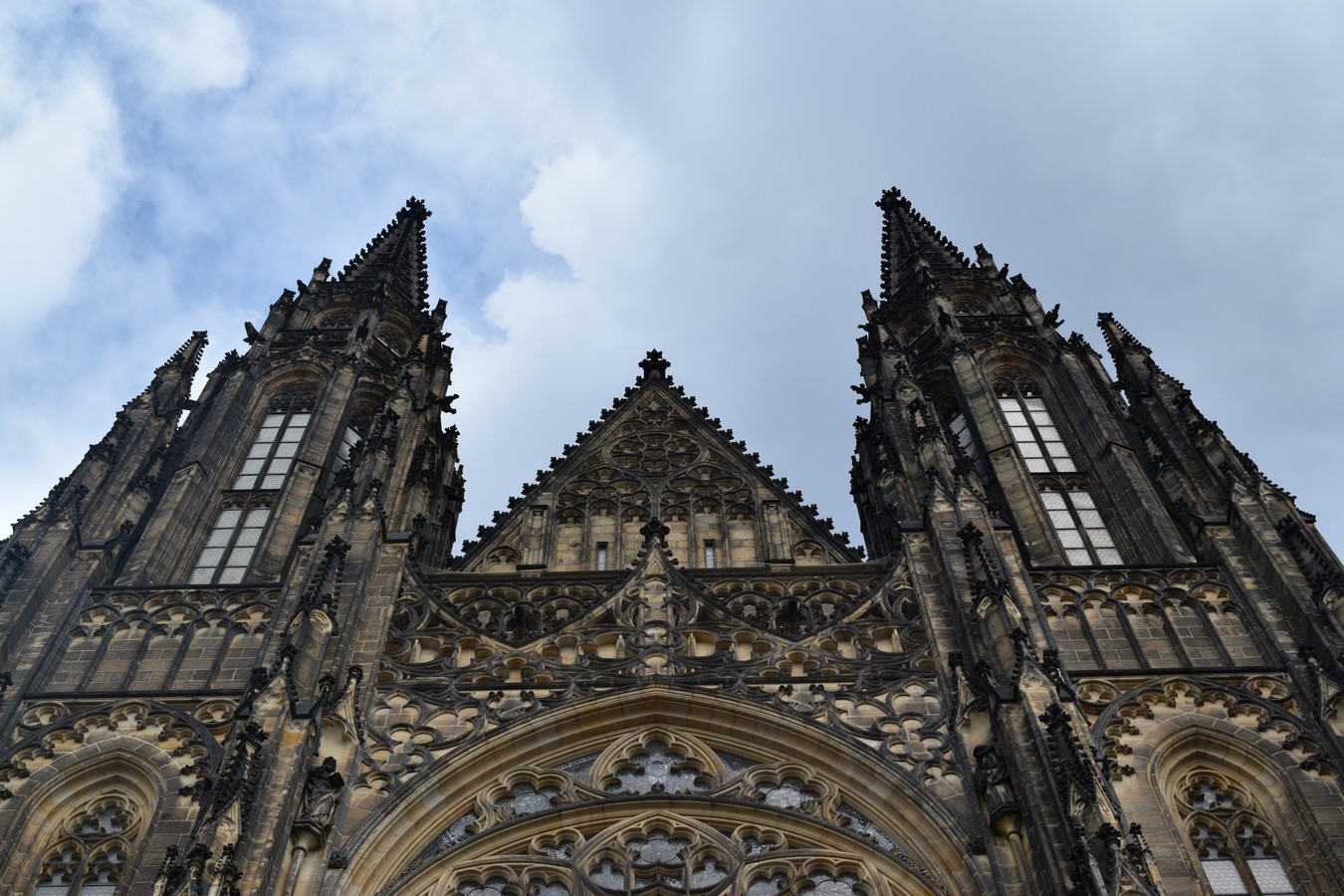
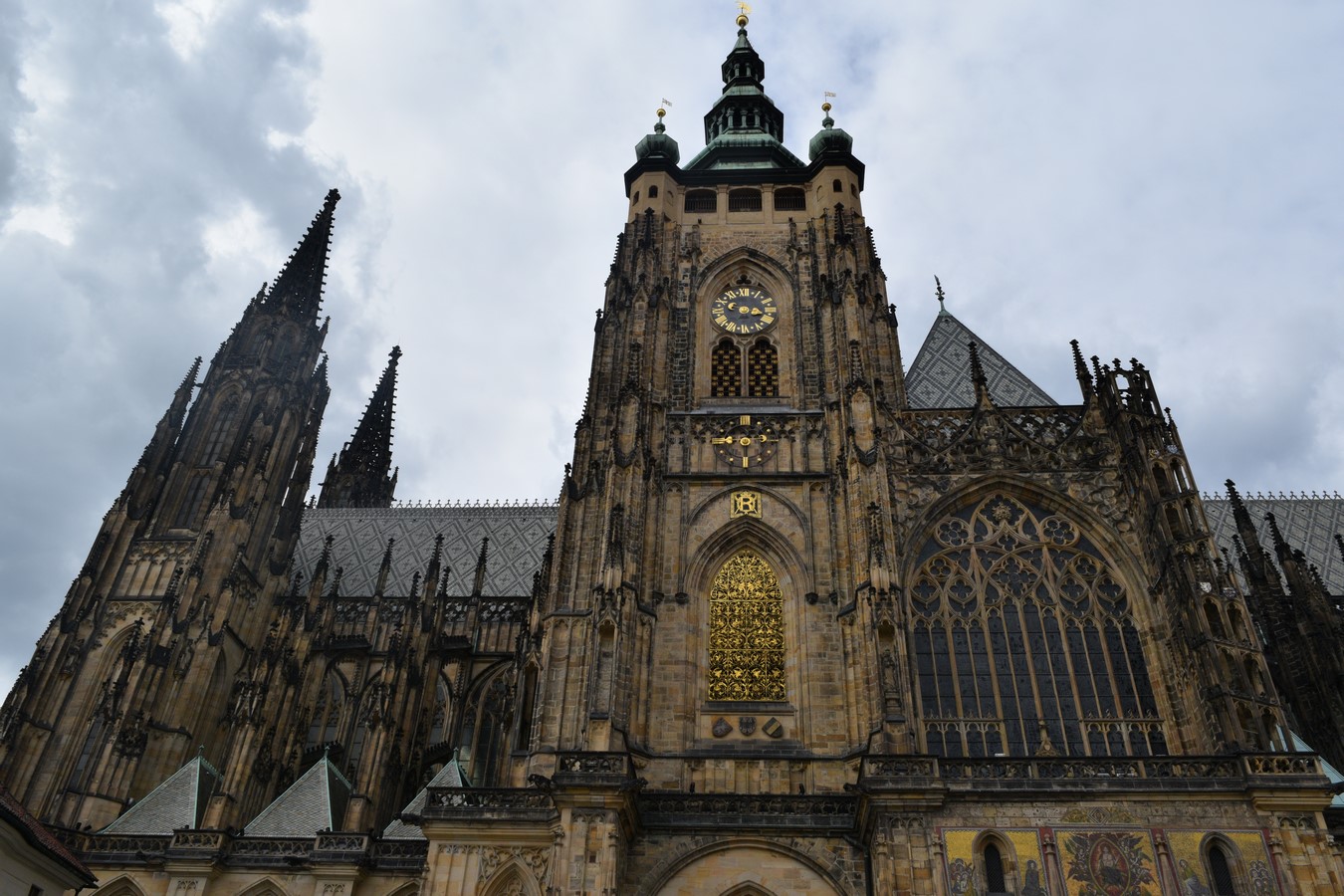
Hungarian State Opera – Renaissance and Neo-Renaissance
Renaissance was a shift in the history of humankind with major movements in almost every field. The architecture was also largely influenced by the movement and the formation of the new style of architecture took place during the 14t to 16th centuries. Renaissance focused on proportional geometry, symmetry, and regularity bringing the crux of the classical order into a new style of architecture. It started in Italy with Filippo Brunelleschi and spread to different parts of the world. Orderly arrangements were brought to a trend that replaced the complex systems of medieval architecture. Hungarian State Opera house is a beautiful example of Neo-Renaissance architecture in Western Europe. The extravagant stylistic characteristics were more escalated in Neo-Renaissance architecture with special emphasis on dark and glamorous interiors during the 18th to 19th century. The symmetrical facade and the rhythmic series of openings are the reflections of musical notes. The wrought iron lamps and railings, the stone staircase, the ornamented lobbies are the elements that highlighted the red carpet events during that time including the gala and theatre events.
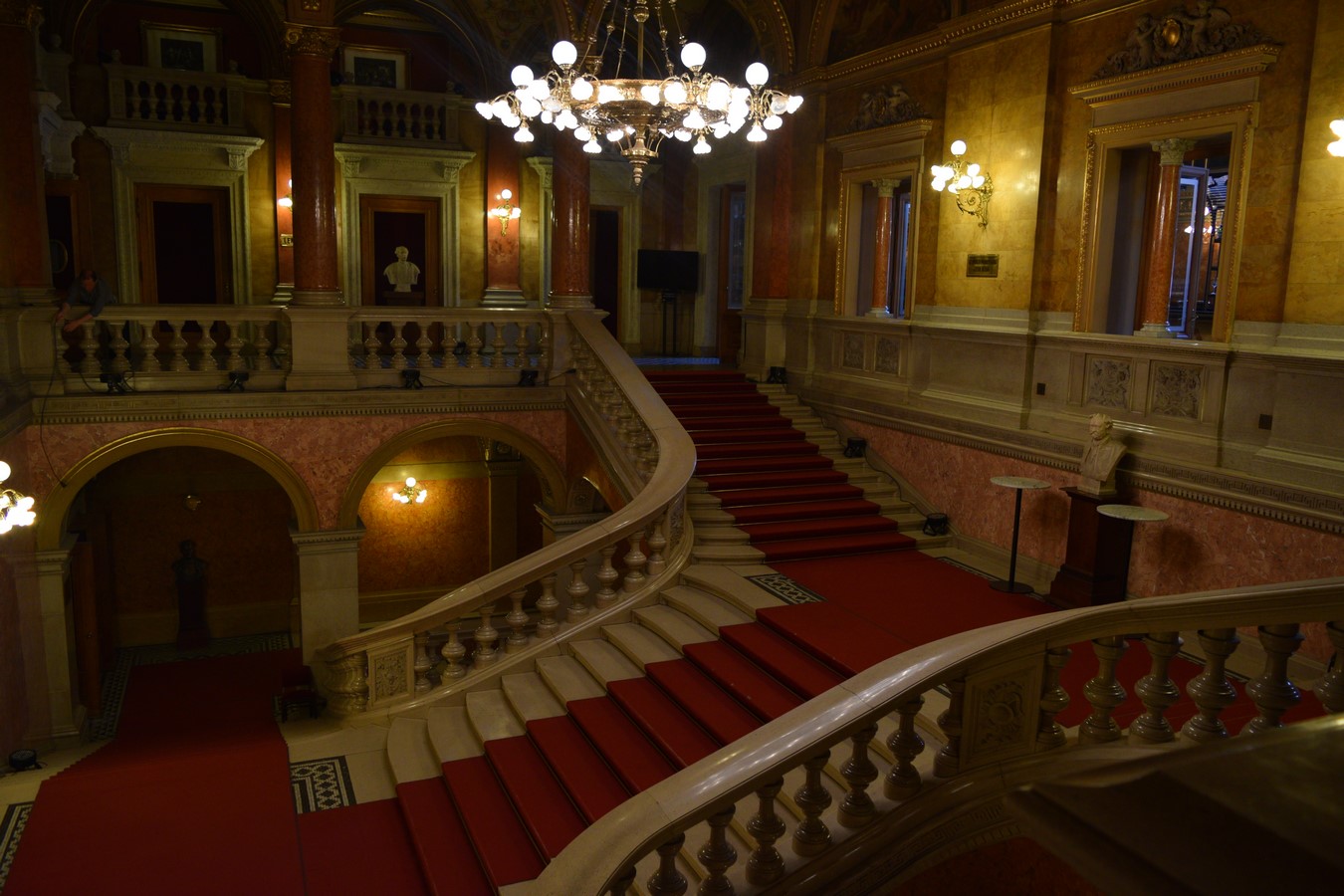

Schonbrunn Palace – Baroque and Rococo
Baroque architecture was preceded by the renaissance which focused on proportion and symmetry and considerably less on ornamentation. Whereas Baroque was the celebration of fancy and extravaganza especially in the facade. Bernini who is considered the master of Baroque architecture exemplified Baroque as the theatrical style for the representation of wealth and prosperity. Rococo on the other hand mainly influenced fashion and had a smaller contribution towards architecture compared to baroque. Hence it is also known as late Baroque. Rococo style was pastel hues and asymmetrical designs. These two styles have many similarities and overlap design concepts as well as elements. Schonbrunn Palace in Vienna, Austria is the vivid example of Rococo architecture that overlaps vastly with Baroque. It is one of the most important cultural and historical buildings in the country. The palace is a structure of 1441 rooms with galleries, hallways, and parlors. The fountains and gardens are the equally ornate design examples. The palace is a clear display of art in its every inch, especially the art collections from across the world.

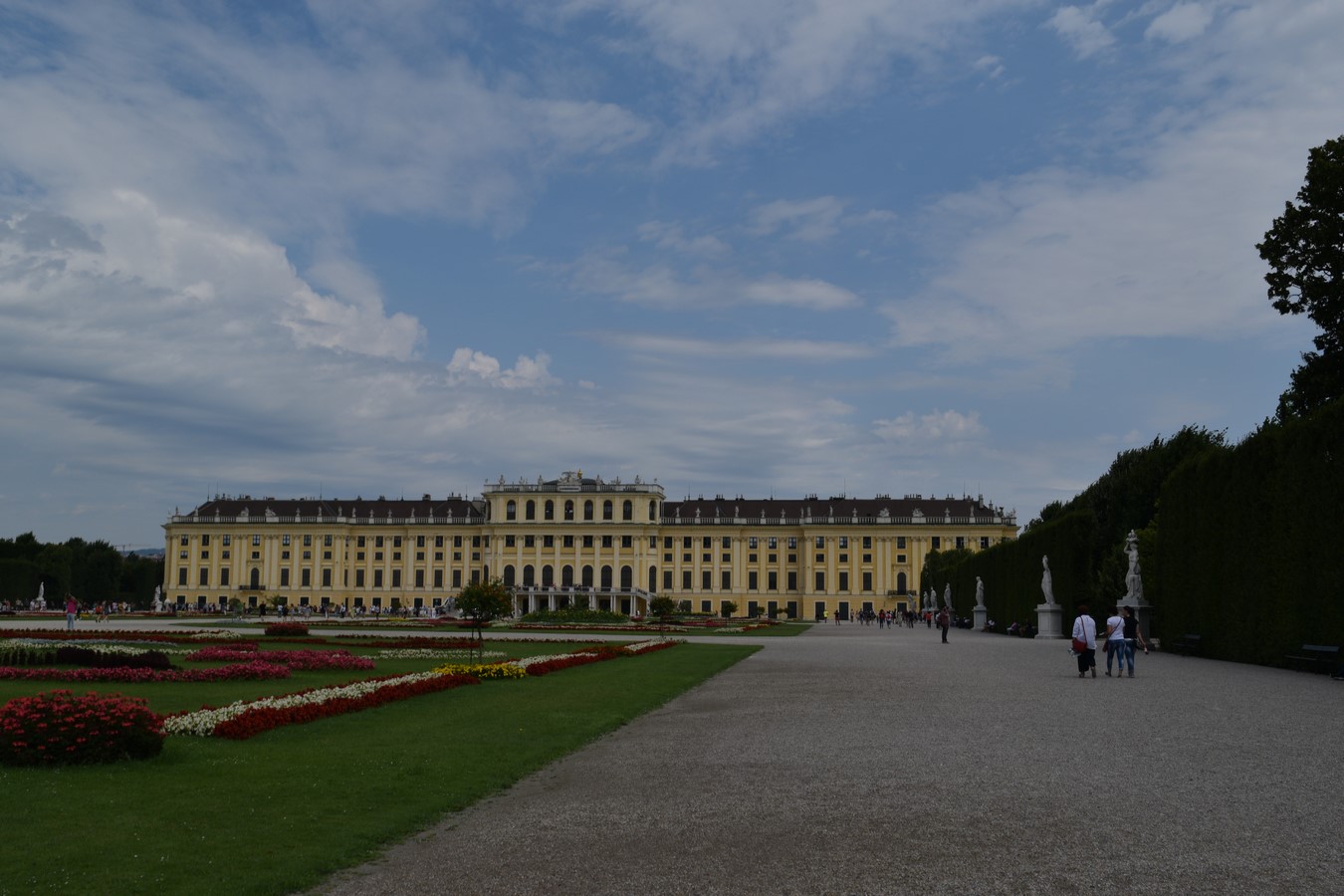

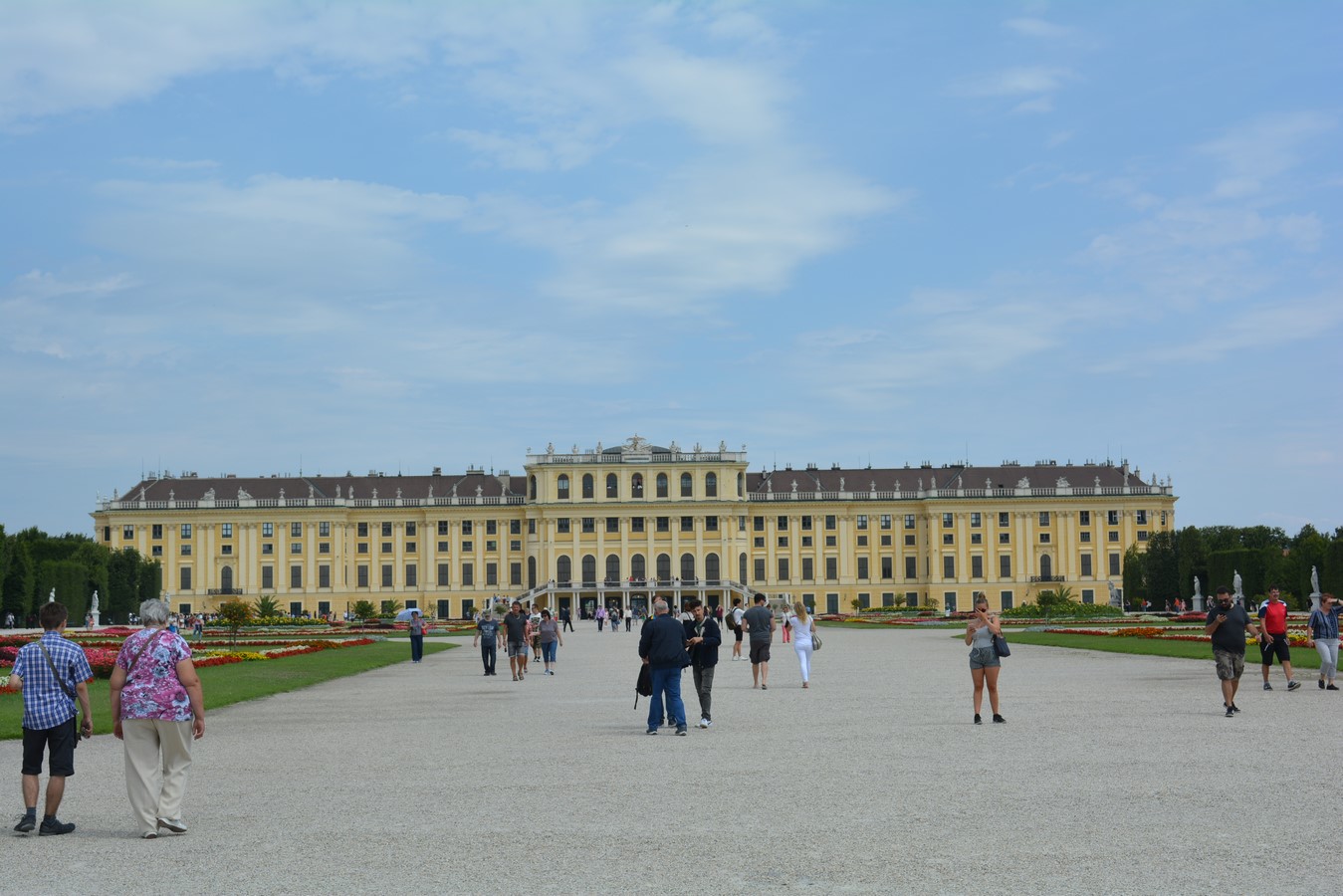
Municipal House, Prague – Art Nouveau
Art nouveau is an international style of applied arts that has an impact on architecture as well. The ornamental characteristics of this style of architecture are inspired by natural objects like flowers, stalks, leaves, vine tendrils, wings of an insect, etc. The main aspect of Art Nouveau was asymmetry. An asymmetrical line that can be graceful and elegant or can be powerful like a whip. The municipal house of Prague is a stone building with stucco is cladded with allegorical art. The building serves as a memorial hall, concert hall, and venue for other public events. The building incorporated the work of around 30 local artists in its design and execution including the sculptures, the mosaic, the decorative ornaments, etc. The building breathes Art nouveau as one can see everywhere from the door handles to the fonts chosen for the signage of the building. The furniture and crockery of the bar and restaurant also sync with the architectural style of the building. Sitting right next to the Prague tower powder gate, this building is the place where Czechoslovakia separation was declared. It stood strong as a representation of Czechia nationalism. It is considered Europe’s finest example of Art Nouveau.
Bauhaus school, Dessau – Bauhaus

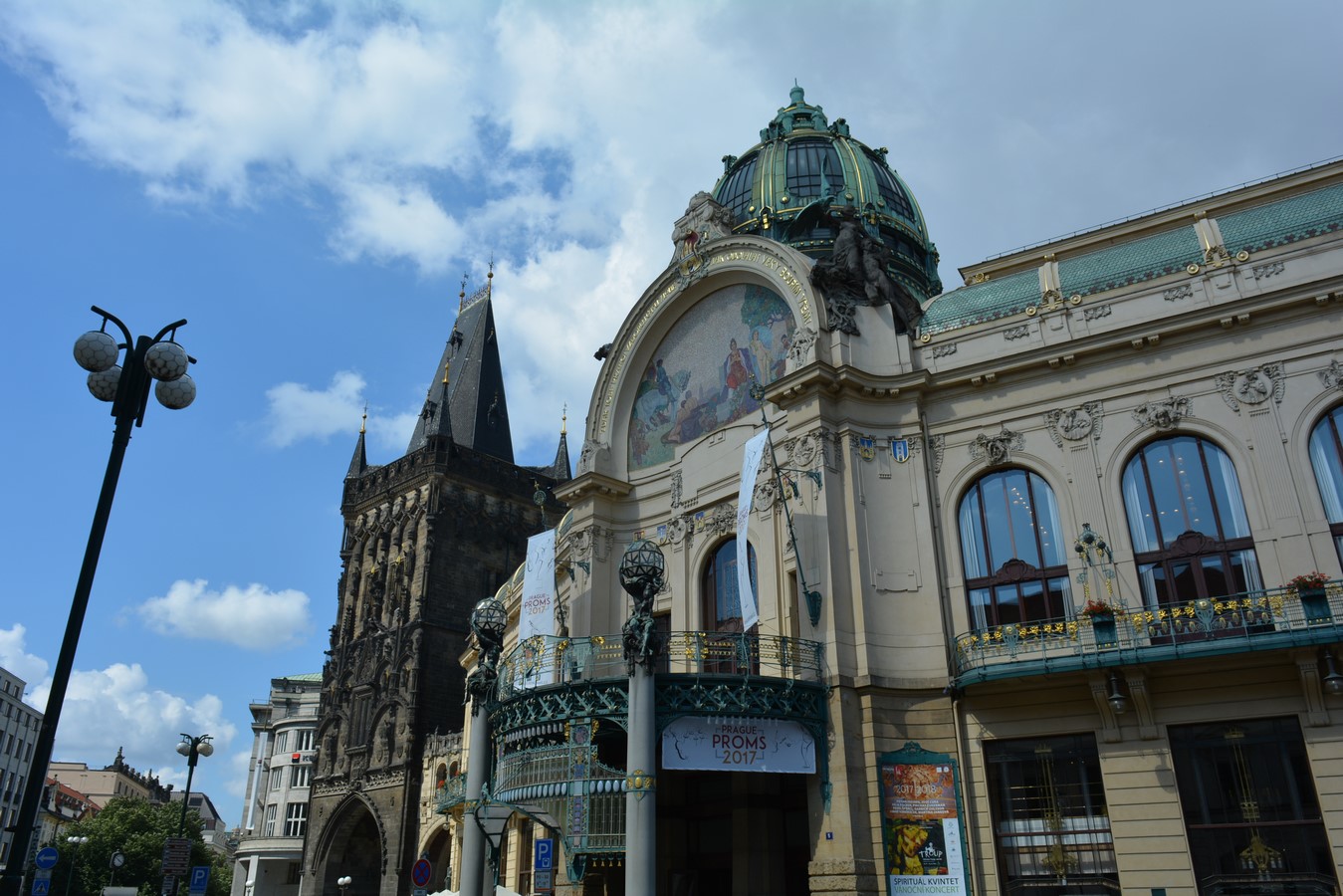
Bauhaus Archives
The impact of the world wars and Nazi Germany led the world and especially Europe in an estranged state. The declaration of opposites; death to ornamentation and revival of the stylistic treasures in architecture resulted in a stylistic movement Bauhaus. It became a very prominent influence on architecture and is shaping the architecture even today. The idea of Bauhaus was to bring the art in conversation with daily life. Bauhaus hand in hand with modernism started as an exemplary definition of the architecture of need and the connection to the art. The simple, rational, and functional design was the tool of Bauhaus. This was brought out in Bauhaus, Weimar by Walter Gropius with a distinct white building with a flat roof and pinwheel spread of plan. The simplistic design was the mark in history that shaped functionalism and the architecture of necessities. The simple geometrical forms and preferred asymmetry with the use of glass steel and concrete was the take of architecture that was bare-faced.
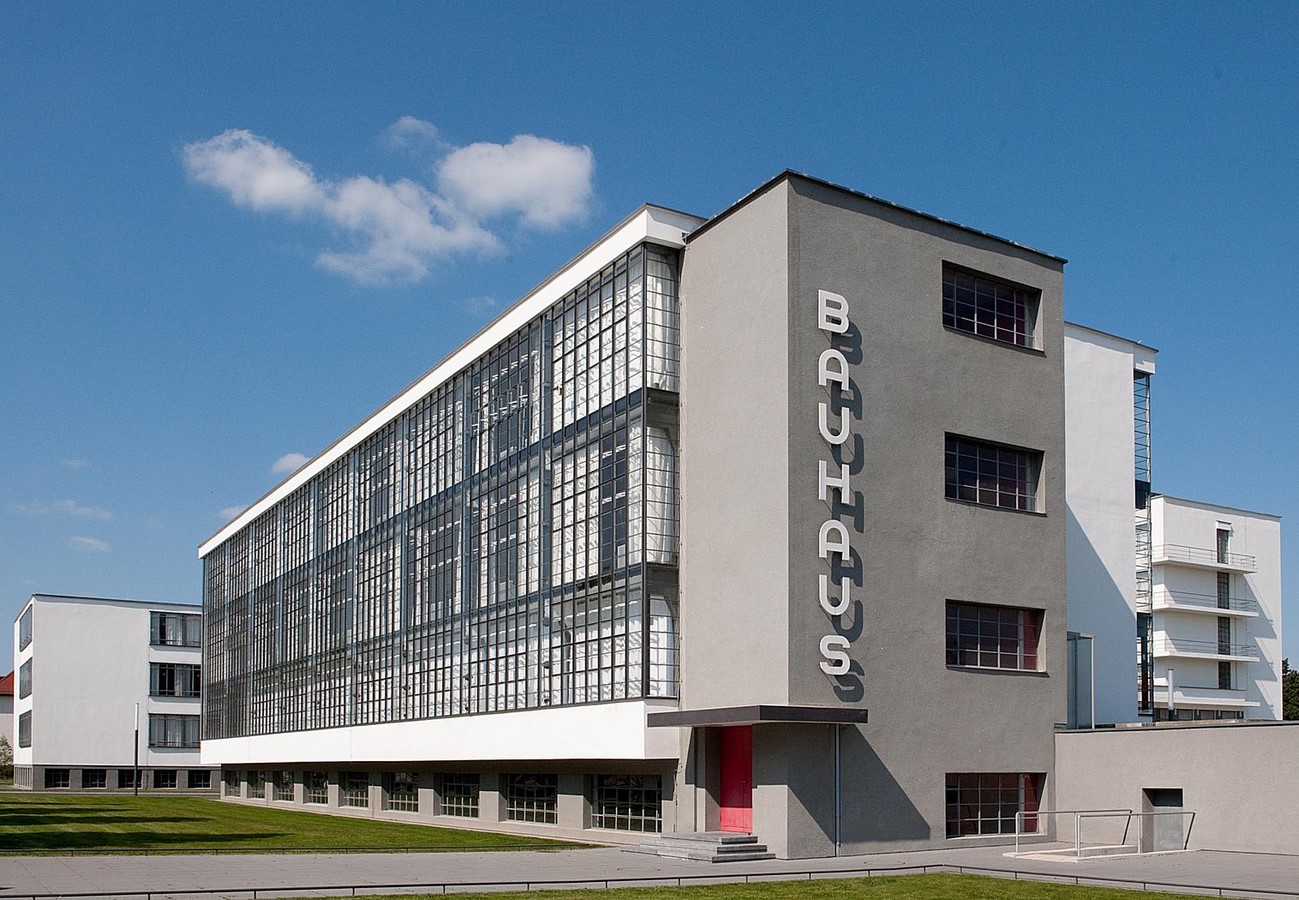
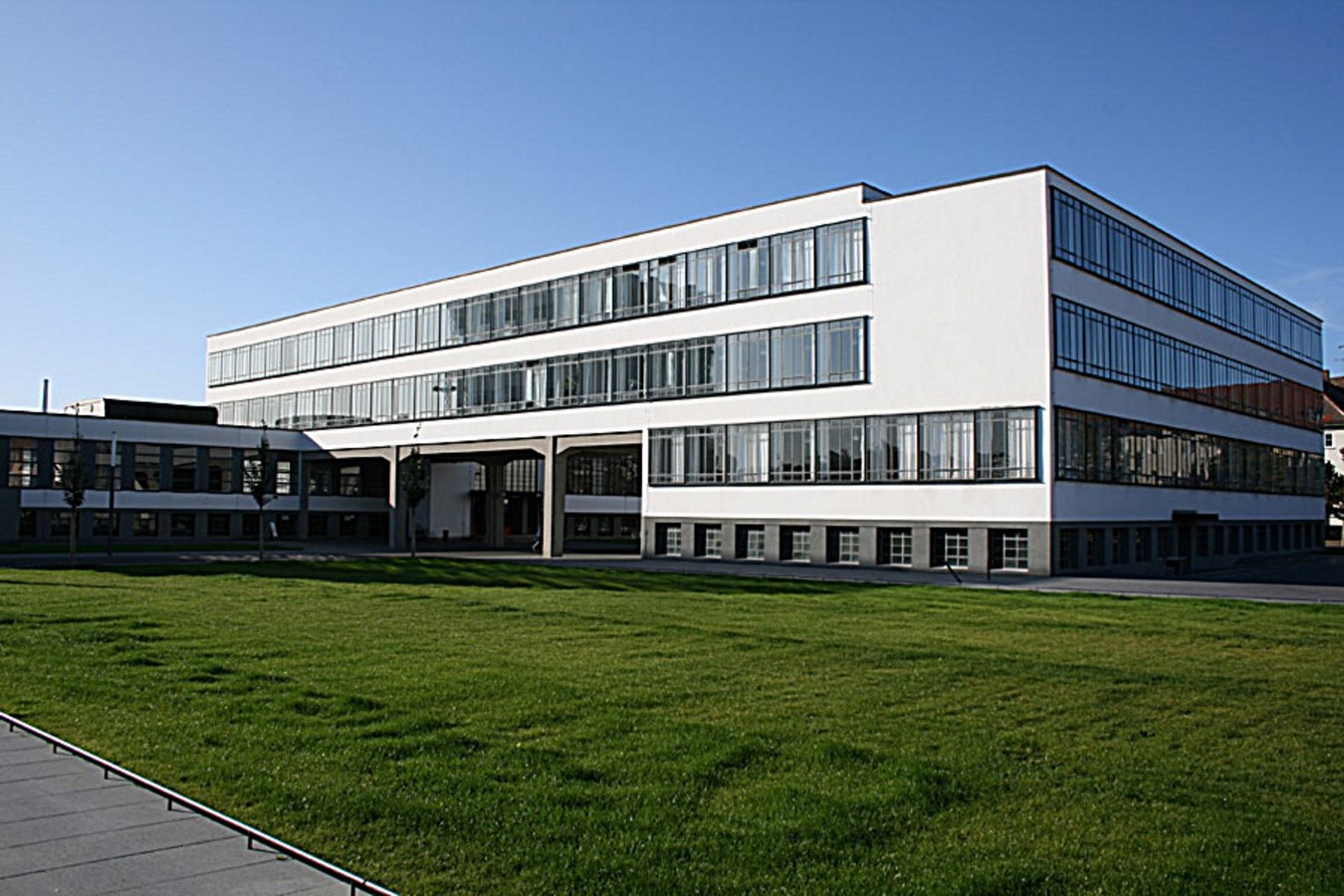
Unite d’Habitation – Modernism
Modernism as an architectural style rejected ornamentation and the traditional ideas of design and stylistic architecture. Like Bauhaus, Modernism used concrete glass and steel as the basic materials for the construction of structures. Modernism emphasized using advanced technologies and characteristics of clean lines, geometrical forms, and flat facades. Industrial revolution and standardization played an important role in forming modernism as a style of architecture. The rise of modernism happened in three p[arts early, modern, and late modernism. Le Corbusier who is also known as the father of modernism coined the idea of vertical living through Unite d’Habitation where he tried to stak the living units with recreation on the topmost level. His solution to lack of housing and yet up-gradation of living was the Unite d’Habitation. It became the symbol of modernization. Dense living conditions and the communal living attributes make these projects unique. It was conceptualized as the city within the city with interlocking apartment levels and the maintenance floor in the middle level with recreational activities on the roof. The concept is the guide of modern living with multiple adaptations.
